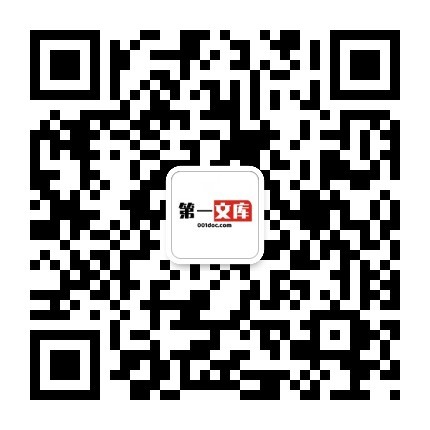2023终极八篇第六篇原文+题目.docx
The department for international trade (DIT) is certainly busy. On January 13th Anne-Marie Trevelyan, the international-trade minister; launched new talks with India. Just over a month later; on February 18thz she announced progress towards her goal of joining the Comprehensive and Progressive Trans-Pacific Partnership (CPTPP)z a trade deal with 11 countries around the Pacific Rim. A cruel observer might dismiss all this as a shallow demonstration of the country7 s post-Brexit freedoms. A kinder one might note that, although it is not yet perfectly formed, Britain' s trade policy is at last maturing into a more workable form.Part of the evolution happened inevitably as Britain moved through the process of Brexit. The first task that DIT faced was to roll over the free-trade agreements that Britain had signed up. Out of 39z it has now managed an impressive 33. But some of these were done only by agreeing to temporary provisions and delaying a full renegotiation. Now, negotiators are working out where they need to tidy up, which in general means reviewing the biggest and oldest FTAs.Broader progress has happened simply through practice. The government was forced to start rebuilding its trade capacity pretty much from scratch. One person who follows discussions at the World Trade Organisation closely says that, although British representatives in Geneva were active right from the beginning, it was mainly to show that they were no longer just part of the EU delegation. Now, it seems, their interventions are more substantive.Canny negotiators tend to gather and deploy information to their advantageas do their business stakeholders as they seek to influence the direction of trade talks. But much to the frustration of the second group, a terror of leaks has restrained DIT, s information sharing. In July 2020 the department set up Trade Advisory Groups, as a more formal way of liaising with the outside world. Lobbyists still complain that officials often use meetings only to give updates on what they have already agreed, rather than to find out what they should be asking for. Stillz it seems that engagement has improved.A report by the National Audit Office, a public watchdog, notes the concerns of business associations, civil society and consumer groups over a lack of clarity in the alignment of trade policy with the government, S other objectives. Michael Gasiorek of the UK Trade Policy Observatory, a think-tank at Sussex University, hopes that in future there will be more emphasis on meaningful trade liberalisation. Trade policy has moved beyond a simple rejection of the EU, which remains by far Britain7 s biggest trade partner. Yet there is still some way to go.Ql: According to the Ist paragraph, Anne-Marie Trevelyanz s actions hasA. Granted Britain some freedomB. stabilized Britain7 s trading businessC. Aroused conflicting interpretationsD. Demonstrated Britainsz ambitionQ2: According to the 2nd and 3rd paragraphs, DIT, s moves is caused partly byA. The imminent BrexitB. The troublesome negotiatorsC. British Government7 s interventionsD. The temporariness of trade-provisionsQ3: UK' s trade-related interest groups are upset byA. Information leakageB. Bleak business prospectC. Uncompleted agreementsD. Information opacityQ4: It is suggested in the last paragraph thatA. UK should enhance openness in trade policy-makingB. Uk should strive to unite other trade partnersC. British government should remove interest group, s doubtsD. UK' s trading policy should align with EU' s interestQ5: Which of the following is the best title of this passage?A. Negotiator7 s predicament in trade: no way outB. Trade in post-Brexit: slowly maturingC. Trade in post-Brexit: a battle against EUD. Lobbyists7 concern with trade: Ieberalisation first
